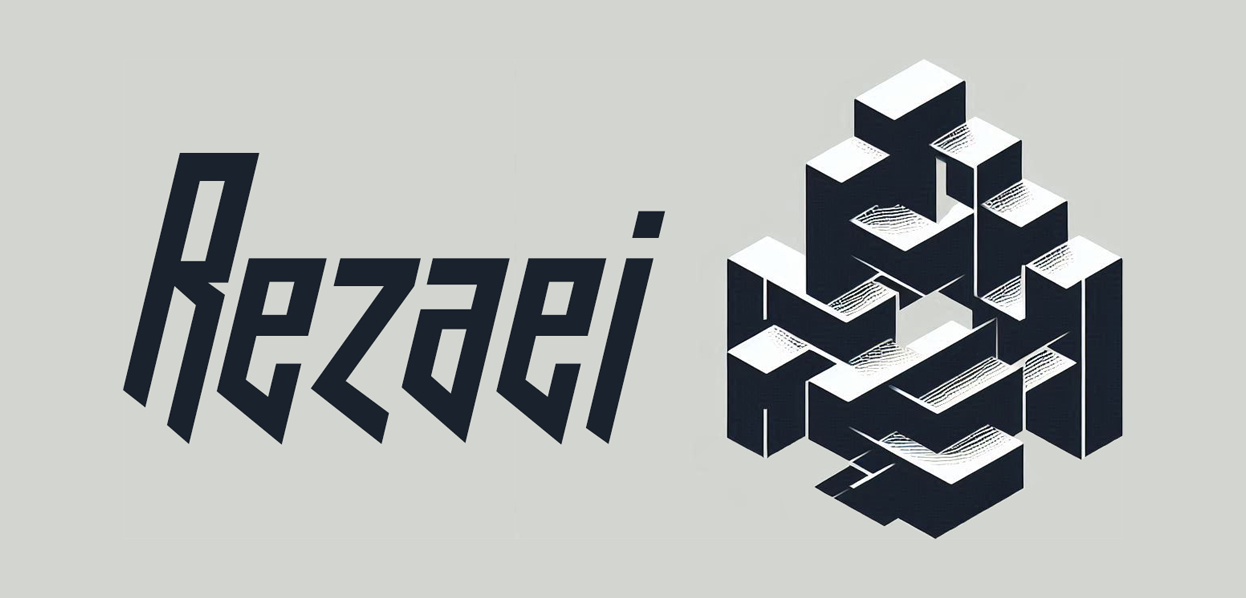Ethereum: Which Design Approach is Better? A Comparison of Smart Contract Architecture
As a newcomer to the world of web development and blockchain technology, choosing the right approach for designing your smart contracts can be overwhelming. Two popular approaches that have gained significant attention in recent years are the Event-Driven (ED) design and the Message Passing (MP) design. In this article, we’ll explore both approaches, highlighting their strengths and weaknesses, to help you make an informed decision.
Event-Driven (ED) Design: A Decentralized Approach
The Event-Driven approach is a decentralized, event-driven architecture that relies on the creation of events by smart contracts. Events are triggered when certain conditions are met, such as a user performing an action or a transaction being processed.

Pros:
- Decentralization: The ED approach allows for a more decentralized structure, where all nodes (consensus algorithms) can agree on the state of the blockchain.
- Flexibility: Events can be triggered by various conditions, making it easier to create complex logic and interactions between contracts.
- Scalability: By utilizing multiple nodes, the ED approach can achieve higher scalability than traditional centralized architectures.
Disadvantages:
- Complexity: The ED approach requires a deeper understanding of event-driven programming concepts, which can make it more challenging for new developers to implement.
- Debugging Challenges: Debugging events can be complex due to the decentralized nature of the architecture.
Message Passing (MP) Design: A Centralized Approach
The Message Passing design is a centralized approach that relies on the creation and propagation of messages between contracts. Messages are sent from one contract to another, allowing for a more straightforward implementation of smart contracts with complex logic.
Pros:
- Simpllicity
: The MP approach makes it easier for new developers to implement and understand the architecture.
- Easy Debugging: The centralized nature of the design simplifies debugging due to the explicit flow of messages.
- Scalability: Although less scalable than the ED approach, the MP design can still achieve significant scalability improvements.
Disadvantages:
- Centralization: The MP approach relies on a central authority (the contract’s owner), which can lead to centralized control and reduced decentralization.
- Limited Flexibility: The centralized architecture may not be able to handle complex interactions between contracts as easily as the ED design.
Which Design Approach is Better?
Ultimately, the choice of design approach depends on your specific requirements and goals. If you’re building a decentralized application that requires high scalability and flexibility, the Event-Driven (ED) design might be the better choice. On the other hand, if you prefer a simpler implementation with easier debugging and are willing to sacrifice some decentralization for increased scalability, the Message Passing (MP) design could be the way to go.
Example Code in Solidity:
pragma solidity ^0.8.0;
contract MyFactory {
// Event triggered when an instance is created
event InstanceCreated(address indexed Instance);
// Function to create a new instance of MyImpl
function createInstance() public returns (address) {
// Create a new instance of MyImpl
MyImpl instance = new MyImpl();
// Set the instance address on the Event-Driven contract
emit InstanceCreated(address(instance));
return instance.address;
}
}
“`solidity
pragma solidity ^0.8.
